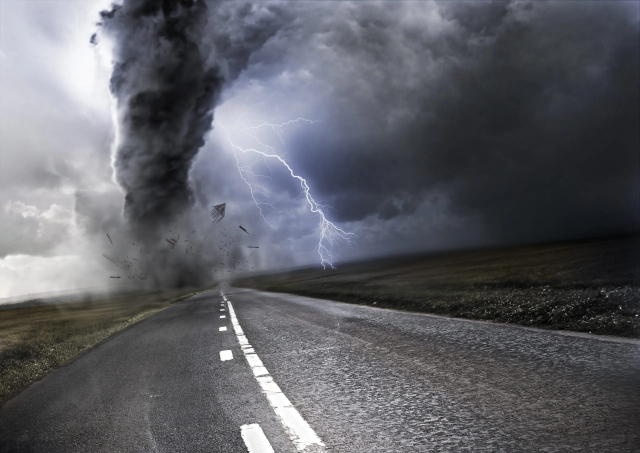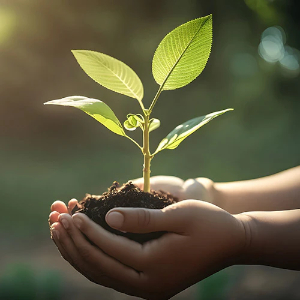The ’24th of May’ weekend – Canada’s national celebration of Queen Victoria’s Birthday – has been the unofficial start of gardening season where I live. But climate change is punishing veggie gardening enthusiasts…
 Unprecedented tornado outbreaks, punishing wind storms and inundating
Unprecedented tornado outbreaks, punishing wind storms and inundating
rains have already scourged the North American landscape
this year. And we have only just begun to plant…
Early start
Canadians in the regions that border the continental US usually start their summer crop seeds in mid or late February. They sprout them indoors, on windowsills or in greenhouses. Then, some folks set them out in ‘cold frames’ to get them used to the vicissitudes of real weather. These frames, which sit on the ground, are often cobbled together from scrap wood with old storm windows laid on top. Like a greenhouse, they help heat the frame during the day and keep that heat in at night.
Only after the plants have been ‘hardened off’ – acclimated to the gradually warming but still cool weather – are they planted out.
It used to be that the vast majority of Canadians reserved the third Monday of May (officially, the one that falls between the 18th and 24th) as the anchor for a ‘working’ long weekend. And true Canadians would only schedule one of two activities on that holiday: planting their gardens, or opening up the cottage for the season.
A perfect storm
It’s traditionally a perfect storm of gardening-related activities. Supermarket garden centres open up. The real garden centres, run by landscapers and professional growers, also throw wide their gates. Folks throng home centres buying shovels, rakes and other earth-taming instruments. Some rent tillers or even tractors to work larger plots, destined for market gardens.
Suburbanites line up for boxed plants and bags of black earth, fertilizer, grass seed, and soil conditioners. You name it.
Winds of change
But winds of change are sweeping through the lives and traditions of Canadian gardeners. Climate change has already shifted – and thrown into turmoil – our old, cherished, traditional and reliable practices. As early as several springs ago, I determined that the ’24th of May’ benchmark for safely planting flowers or veggies had been put into play by nature.
It’s hard for everyone involved. How do supermarketeers plan for their big outdoor sales season, not knowing what the weather has in store? The real garden centre operators take less of a chance. They have big greenhouses where they can coddle plants until the middle of June if they have to.
Farmers have special concerns about the weather, of course. They’ve always dreaded wet springs, because they can’t get out on the land and prepare the fields. And they’ve dreaded summers that are too hot or too dry. And autumns that are too wet to allow crops to ripen properly. Now, they aren’t sure what to expect.
Right here in my town, just 100 mi. / 160 km from the US border, temperatures are fluctuating wildly – with highs roller-coasting from 60 F / 16 C one day to 82 F / 29 C the next. And we can no longer count on the official forecast to tell us accurately whether it will be sunny or cloudy. Or rainy.
My take
At a time when some folks are trying to grow more of their own food – as a reaction to high supermarket prices – the weather is making it more difficult than ever. And farmers, who supply 99 percent of the food we eat, are facing challenges they’ve never had to deal with before.
One overall result of the environmental changes is a lack of balance. This year, so far, has seen a shocking increase in extreme droughts in some parts of the world. Wildfire season started unusually early in the North American west and the Canadian north. Other regions have suffered unprecedented flooding. The tornado season in the central and southern US has been more brutal then ever before in living memory.
These pressures are sending us a loud, clear message: Get off our duffs and push forward with sustainable food production systems. Make the change from animal to vegetable protein sources, if we want to survive the next 30 years…
~ Maggie J.

